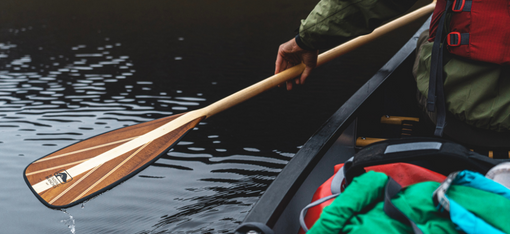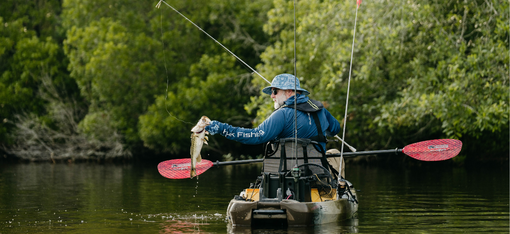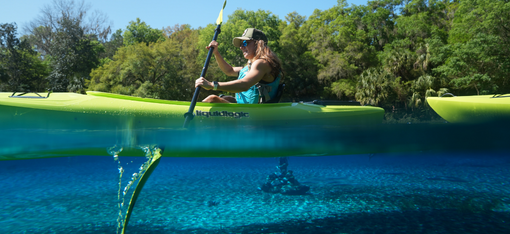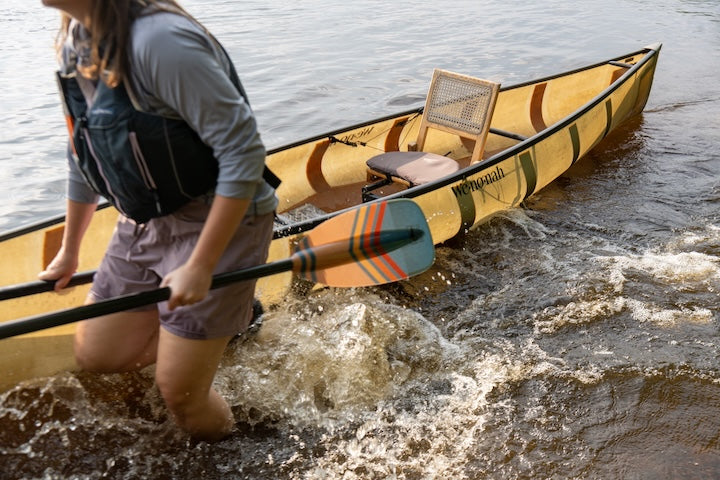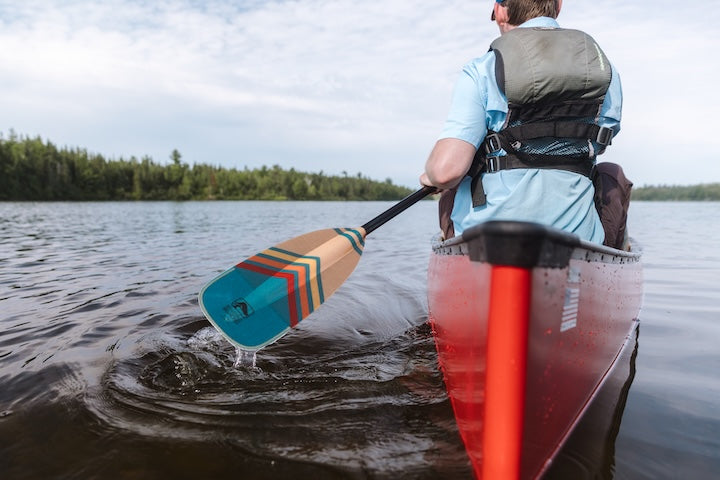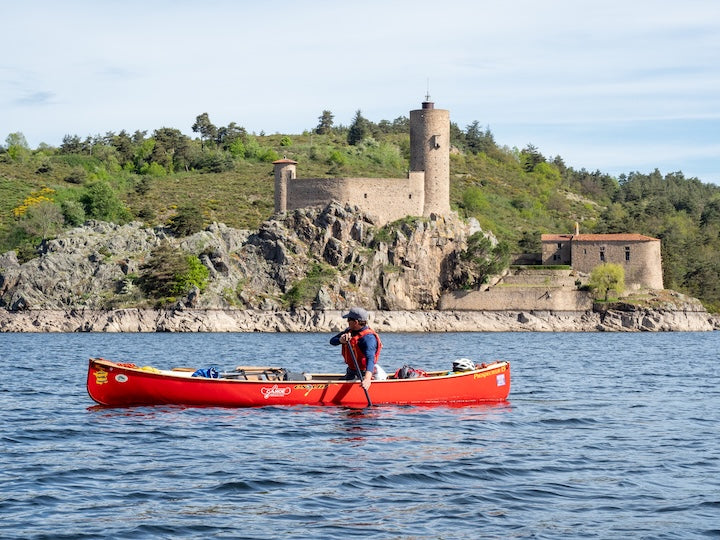Build Your Own Wooden Kayak, Part 1 [Video]
Trailguide Pictures’ Jason Eke walks us through the process of building your own stitch-and-glue wooden kayak…

In Jason’s 20-part video series, How to Build a Kayak, he explains and shows us how to build the Shearwater 17 hybrid kayak from Chesapeake Light Craft. With the kit, you’ll have both the plywood and cedar strip components ($1,420 for the complete kit).
This post covers the first five videos, each between three and seven minutes long:
Video 1 Introduction: How to Build a Wooden Kayak
The Shearwater 17 hybrid kayak includes a stitch-and-glue bottom with a cedar strip deck. In this first video, Jason discusses the workshop you’ll need, the materials and the tools you’ll use.
He goes over the basics that’ll help you build a boat you’ll be proud to paddle.
- The work surface is a 2x16 foot melamine platform Jason’s raised up to knee level. That height is a good compromise for the various tasks you’ll do.
- A garage floor would do as well, as long as you have enough length and width to work with—roughly the size of a single car garage.
- Basic tools needed are: tools for marking, trimming and cutting plywood, tools for spreading epoxy and for smoothing the boat.
Video 2: Join the Stitch-and-Glue Panels
The stitch-and-glue panels are made from an African marine-grade hardwood called okume. Video 2 takes us through the steps to join the okume panels together:
- The panels come in 8-foot lengths, which come together like puzzle pieces.
- After laying plastic sheets underneath the joints, mix your epoxy. If you’re new to this, consider mixing a small amount first to get the feel of it.
- Brush the epoxy onto the puzzle joints (using Jason’s trimmed brush trick), fit the panels together carefully.
- Cut and lay the fiberglass tape over the joints and brush the epoxy over the tape.
- The panels will need to cure for at least 24 hours. Clamping them to your work surface will ensure they don’t get jostled.
- After it’s cured, trim off and smooth the edges of the fiberglass tape.
Video 3: Prepare to Stitch the Panels
In Video 3, Jason demonstrates how to prepare the panels for stitching:
- The panels are precision-machined with a CNC router, which creates tabs that’ll need to be removed. You can use either a contractor knife or, as Jason does, a plane.
- Once the tabs are removed, the edges need to be beveled in order to have the tightest seams possible. To get the best result, he makes sure the plane is very sharp.
- All of the bevels will be on the inside corners of the panels—the same side as the fiberglass tape on the seams.
Video 4: Stitch the Hull
The bottom pieces have been prepared and now it’s time to stitch the keel together. To begin, lay out the two hull pieces on your work surface, insides up.
- Work the copper wires through the holes, keeping it fairly loose so the pieces can be opened up.
- Install the rear bulkhead, threading the wires through to attach to the hull.
- Install the foreward bulkhead using the same process, then the temporary bulkheads.
- Attach the side panels to the bulkheads first. That helps hold it in place while you stitch the panels together.
- Once the stitching is done you can make sure everything is lined up correctly before tightening the wires.
Video 5: Prepare to Fiberglass the Inner Hull
If you use the epoxy mixtures from Chesapeake, it’ll be easy to mix correctly. Jason notes here that a lot of the time it takes to build a boat like this is waiting for material to dry or cure. So when you plan the hours you’ll spend, be sure to figure in wait time along with work time.
Once the epoxy dries, you can remove the copper wire.
Stay tuned for Videos 6-10 coming up next week!
Connect with Trailguide Pictures on the website or Facebook.
Contact our Wisconsin-based and very friendly Customer Service team with your paddle questions today:
More for you…




